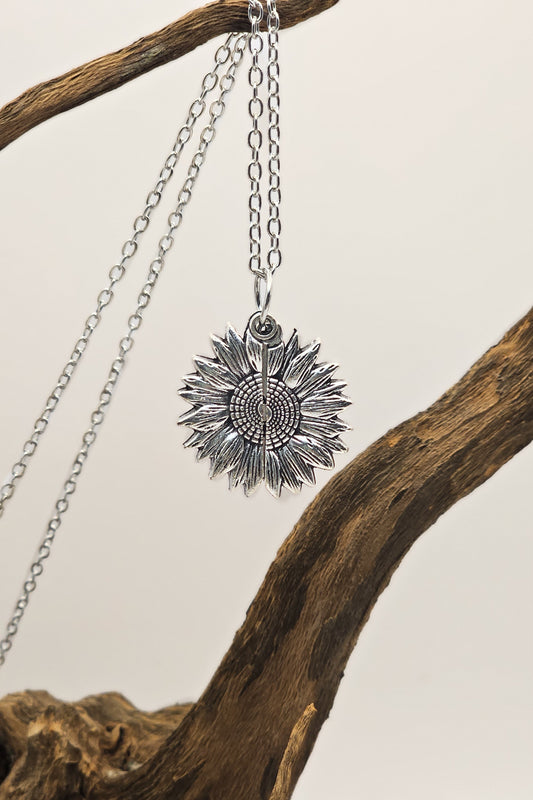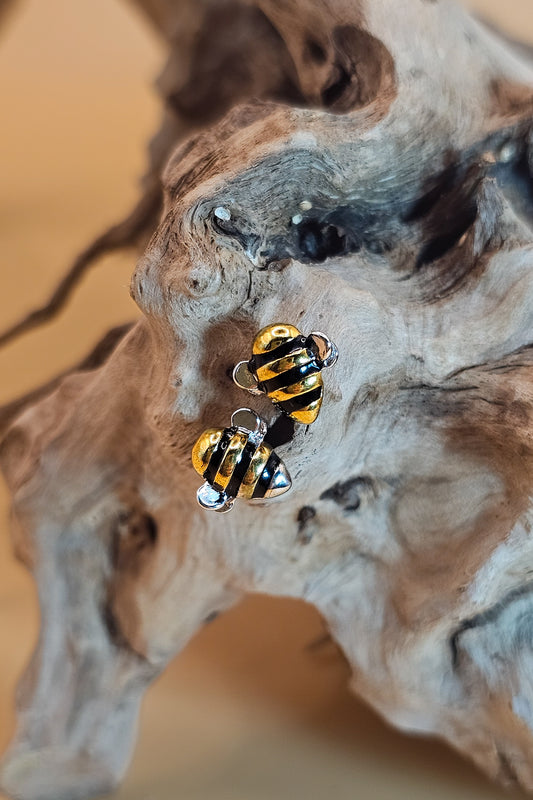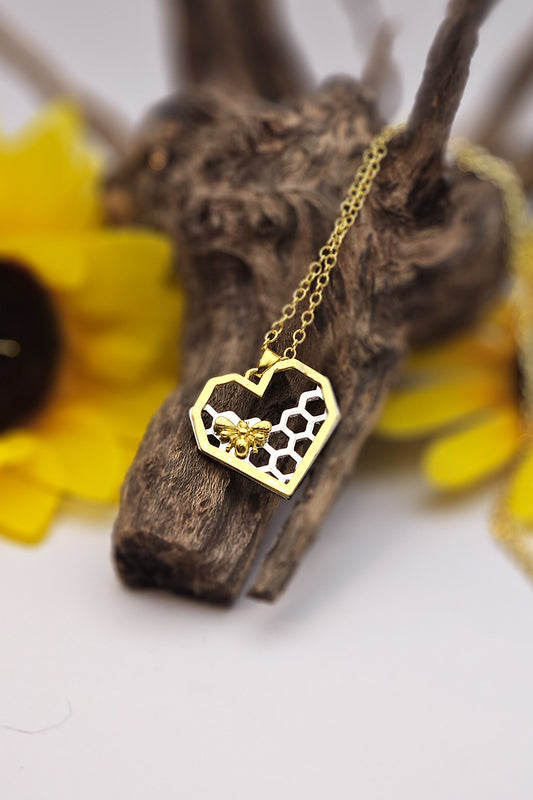The pollination relationship between bees and flowering trees with fruits and nuts is best known these days in connection with almond trees. In recent years almonds have become a globally popular super nut that is turned into almond milk, almond butter, and plain old almonds for chewing.
Commercial pollination, as a result, has turned into a billion-dollar business for beekeepers, with honeybees being trucked around the USA and Australia for big money. Since beekeeping has suffered many other types of setbacks, this has grown into a financial solution for many beekeepers that have been hurting for years.
Recently it was revealed that millions of bees die every year while pollinating almond orchards due to the pesticides sprayed on the trees and it is even in the flower buds. So where do we go from here? Some influencers are seeking solutions for bees, but it sure does take the taste out of those ‘healthy’ almonds. You can read our post about it here.
This 3:46-minute video by SciShow Kids is meant for kids, but we can all learn about bees and fruits by watching it:
There are so many fruit trees that count on bees to pollinate them, like apple, sweet cherry, pear, Japanese plums, elderberry, and blueberry. Commercial enterprises involving trees like these are nowhere near the size and scope of the almond industry, so they get less coverage.
Fruit trees and bees are the best of friends. Fruit tree owners should see bees as their best friends, too. Fruit tree owners should ensure their trees are protected from pesticides—whether it is an orchard or just a fruit tree or two in a garden.
Here is an amazing 1-minute slow motion video by vidmem of bees pollinating apple blossoms:
According to horticulturist Michele Warmund at University of Missouri Extension, it is important to protect honeybees and native bees as well as other beneficial insects from pesticides during the bloom period, when pollen is transferred from the blossoms of one fruit tree to the blossoms of another. This starts the pollination process and subsequent fruit set.
It is detrimental for foraging bees to bring pollen from sprayed flowers home to the hive and can endanger the brood.
Here is some wisdom from Warmund, as reported in the Hermann Advertiser Courier. These are easy things you can do to help protect bees from the consequences of pesticides during fruit tree bloom.
Check for insects and diseases once a week—plant pest-resistant cultivars—only apply pesticides when numbers are high enough to severely reduce the yield or if the tree is damaged or may die—avoid mixing chemicals that are more toxic to bees than the individual products—avoid applying pesticides during the bloom season—avoid pesticides that are labeled ‘harmful to bees’ or ‘residual toxicity’—do not apply pesticide when bees are most active, which is the two hours prior to sunrise and one hour after sunset, or earlier or later if it is hot—mow or cut dandelions and other flowering weeds that attract bees that are close to the fruit trees before applying any necessary pesticides.
Warmund also says to stay away from fungicide products that contain captan, ziram or iprodione due to their effects on brood development. It is also advised not to add adjuvants or surfactants to the tank mix because it is thought that some of these make it easier for pesticides to penetrate the bee’s outer cuticle.
Many self-pollinating fruit trees do not require insect pollination for fruit set, although they still benefit from bee activity during blooming time. Apricots, grapes, strawberries, peaches, nectarines, sour cherries, blackberry, gooseberry, raspberry, and European (blue) plums fall in this group.
Such fruits reduce the need for bees to pollinate them, thereby protecting bees from pesticide harm. Still, there is such a natural relationship between bees and fruit and nut trees, it is a shame that the only way to protect bees is to remove them from the fruit trees. What are we missing here in re-envisioning a world that is healthy for us all?








